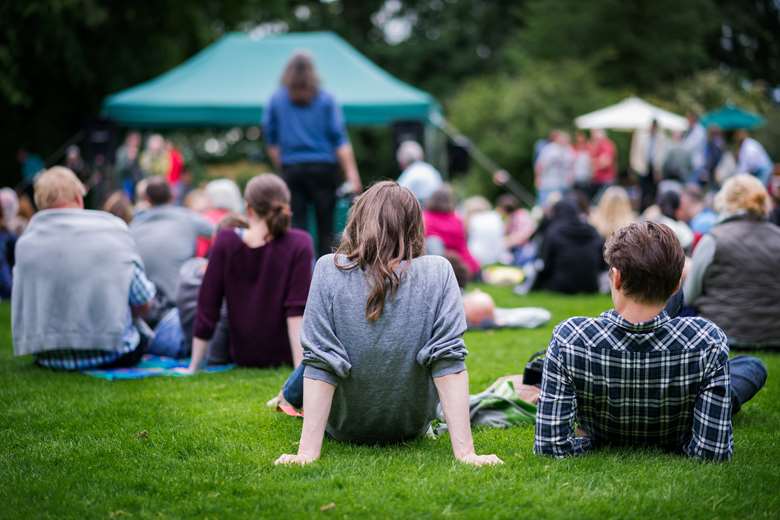The cultural economy: why musicians should look to the local
Toby Deller
Monday, November 2, 2020
Culture must be placed at the centre of the localism agenda


Register now to continue reading
Don’t miss out on our dedicated coverage of the classical music world. Register today to enjoy the following benefits:
- Unlimited access to news pages
- Free weekly email newsletter
- Free access to two subscriber-only articles per month